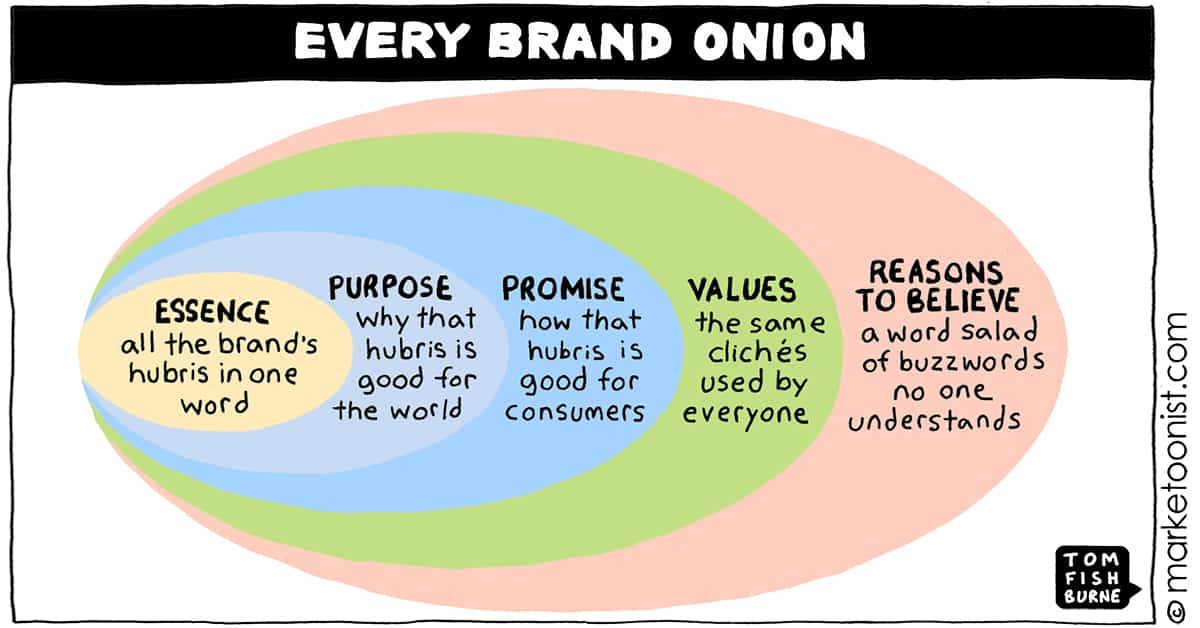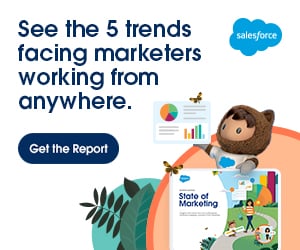 Aug 31, 2021 |
|
Good morning, Marketer, and proceed with caution. Many reminders already this week, not only that we have not reached the finishing line with COVID-19, but also that the pandemic is far from the only problem on the planet. This means it’s risky out there, especially if your job is to create inspiring messages to engage your customers. Because the traditional inspiring messages really might not work. With the EU Council advising its 27 member nations not to accept travelers from the U.S. on anything but essential business, hurricane season in full flood, and the virus pummeling a popular holiday destination like Florida, marketers in the travel sector will need to be especially careful to concentrate on providing actionable information rather than just deals. That’s an obvious example, but it is just that — an example. Across the board, marketers should be putting what customers care about first. This is not a time to be putting your brand’s interests first. Listen carefully and practice empathy. If you do that, the revenue will be there at the end of the day. Kim Davis
Editorial Director |
|
| | | Management | | | | | Writing customer stories improves team collaboration | | The story approach has been long used by agile software teams, and you may be familiar with the term “user stories.” User stories were created to get rid of heavy documentation and to spur a conversation with the team. While user stories were meant for software developers to see how people used their systems, it’s a technique that works well for marketers too — with a few minor tweaks. “Instead of ‘users’ of a system, we want to think about what our customers want, so I like to call them ‘customer stories,’” writes agile marketing coach Stacey Ackerman. In her latest article, Stacey gives detailed, actionable advice on the practice of customer story writing, arguing for its superiority as a planning tool over listing tasks to be accomplished, and showing how it helps teams improve their collaboration skills. Read more here. » |
|
| | | | Is your brand facing an identity crisis? | | SEOs naturally face human limitations in their ability to sort through data and act on insights at the level that’s required today — AI and machine learning can fill the gaps and accelerate execution. In order to reap the benefits of automation, it’s important to start with the basics before moving on to automated insights, and lastly, automated execution. Read More » |
|
| | | Performance | | | | | Zendesk acquires Cleverly.ai | | Customer service and sales software company Zendesk has acquired AI-powered support solution Cleverly.ai. The acquisition boosts Zendesk’s agent and admin productivity tools, adding to such offerings as Zendesk macro suggestions (based on ticket context in order to increase agency efficiency), as well as Answer Bot (a chatbot that can answer routine questions or escalate to a live agent) and Content Cues (which identifies content to be refreshed based on customer service cases). Why we care. Conversation volume has gone up more than 20 percent year-over-year, according to Zendesk’s updated survey. With supply chain problems and ongoing uncertainty about how the pandemic will resolve, the volume of contacts from customers is likely to continue to climb. And to remain competitive in most industries, marketers will have to plan to meet these inquiries at scale and to have a good data infrastructure to support all the conversations with real-time insights into customer behavior. Read more here. » |
|
| | | | Keep your emails out of the spam folder and in front of your subscribers | | Email has long been one of the most reliable marketing channels for getting your messaging in front of your customers. But many obstacles can get between you and your intended recipients. The MarTech Email Marketing Periodic Table will tell you everything you need to know about sending emails that your customers want to receive and that inboxes won’t block from being delivered. Read more. » |
|
| | | Experience | | | | | Defining your brand: Marketoon of the Week | | | | This week’s Marketoon takes a closer look at the decision-making that goes into branding. Fishburne’s take: The Brand Onion rarely passes the “Factory Floor Test” — could you share it outside of the Marketing Ivory Tower without being laughed out of the room? The strongest business communication is just plain English. I like this perspective on Brand Onions from Leo Rayman: “Agreeing on a succinct form of words to define a brand remains a valuable exercise – not knowing what you stand for is a recipe for disaster. But the hours spent on ‘word-salad’, moving phrases in boxes around an onion, key, wheel etc. creates a dangerous illusion of control. While you’re debating the exact wording, a DTC brand has gathered a small lake of first-party data telling them exactly where to pivot to next.” Why we care. Peel away enough layers of this brand onion and eventually, you should be getting to the data. Your brand messaging (internally and to customers) should take into account how consumers respond to your products and services and those of your competitors, and it’s never been easier to gather this data from social media, product reviews, emails to your brand, texts and chatbot conversations, as well as standard e-commerce metrics if you’re selling online. |
|
| | | | Are you drowning in data? | | Grab your FREE MarTech pass now to unlock actionable tactics, proven insights, and inspiring case studies that will help you gather, organize, and leverage data to drive exceptional experiences. Learn from leading brands including HBO Max, Amazon Web Services, U.S. Soccer Federation, Michael Kors, e.l.f. Beauty, Sony, and more. Register for free » |
|
| | | SEO | | | | | Four tools to check for title changes in the SERPs | | On August 24, Google confirmed that it changed how it creates titles for search result listings. Unfortunately, title change information isn’t available in Google Search Console or Google Analytics. So, SEOs have turned to third-party tools to see whether their titles are being changed. Below is a list of tools you can use to check for title changes and instructions on how to do so. - Ahrefs: Viewing title changes in Ahrefs is a manual process. You can check for changes via historical SERPs in Site Explorer > Organic Keywords 2.0. Simply toggle the date field to view the SERPs for that particular day.
- Rank Ranger: The SEO Monitor tool in Rank Ranger charts rankings over time. Below the chart is a list of all the changes to the page title and description in Google Search. This means if you or Google make any changes to your title or description, it’ll be displayed here with the date that the change occurred.
- Semrush: Like Ahrefs, Semrush also offers a manual process to check for title changes. For keywords you’ve been tracking in the Position Tracking tool, click on the SERP icon next to the keyword. That will pull the search results page for the date selected in the report. If you suspect a title was changed, you can confirm this by changing the date in the report and repeating this process to compare titles.
- SISTRIX: In the left-hand navigation, under SERPs > SERP-Snippets, select “Show title changes.” There, in the “Title” column, you can view title changes. The red text indicates words that have been dropped from the title and the green text indicates words that have been added.
Read more here. » |
|
| | | Quote of the day | | | | | | | “We spend most of our waking hours preparing for work, at work or recovering from work, and yet it’s not personal, it’s just business?” Don Hornsby, social media specialist. |
|
|
|



